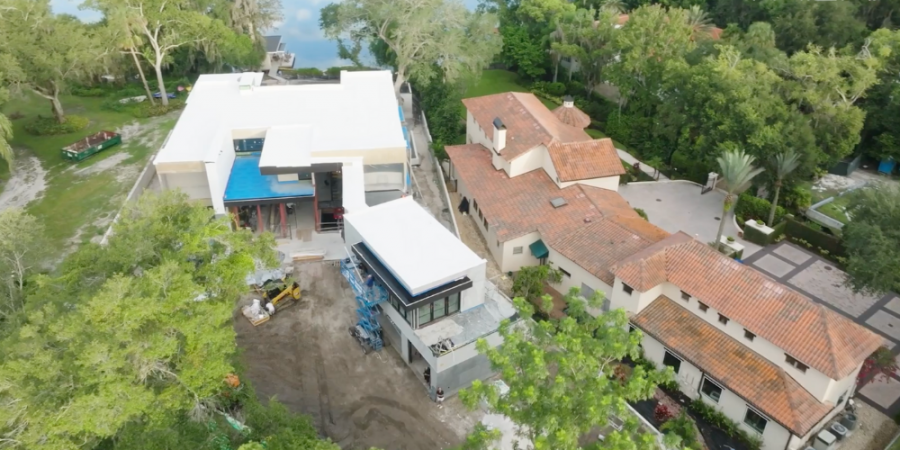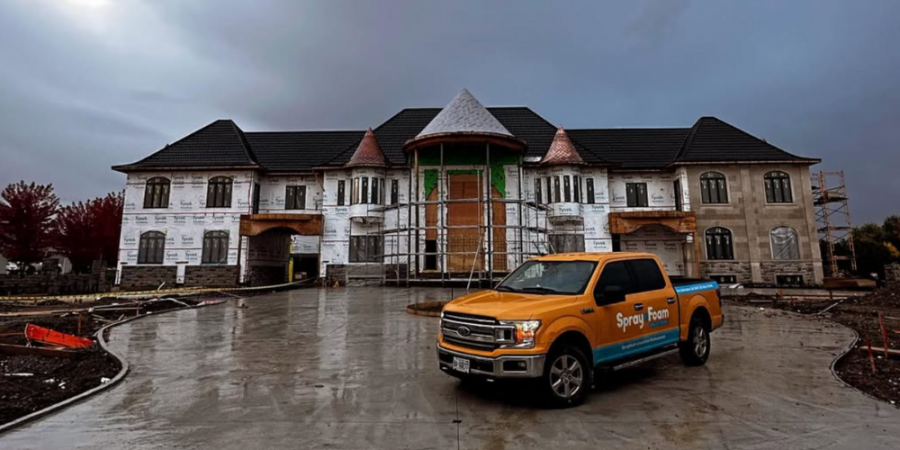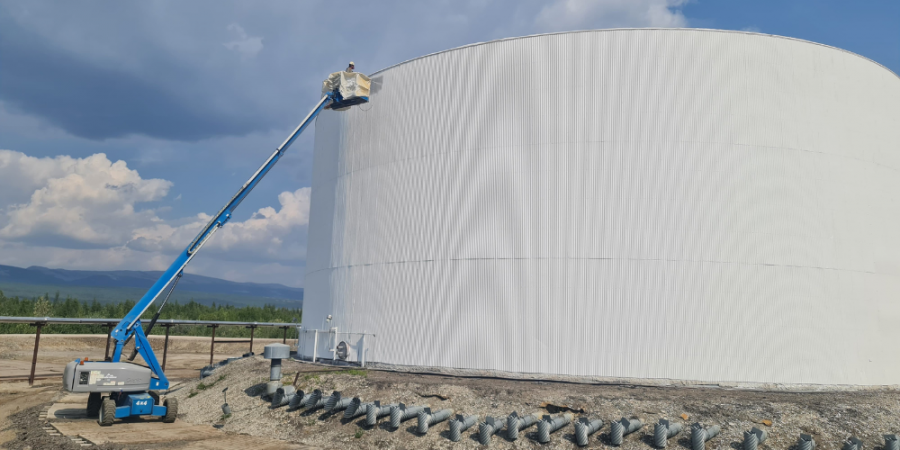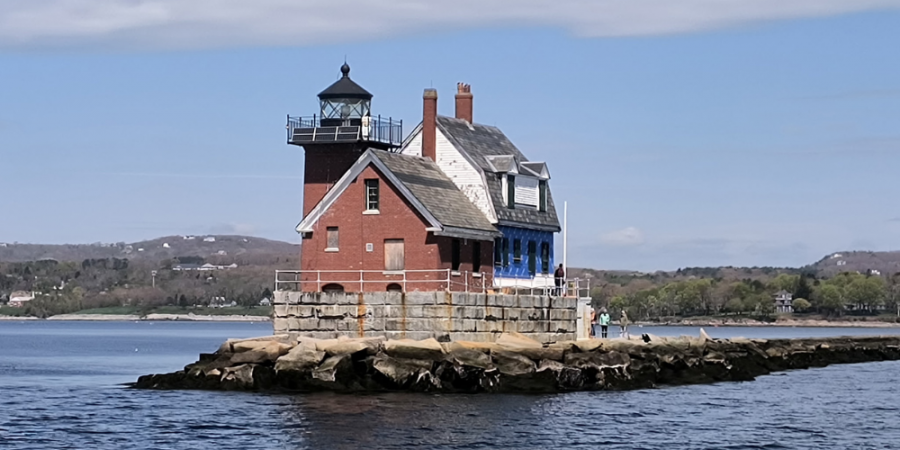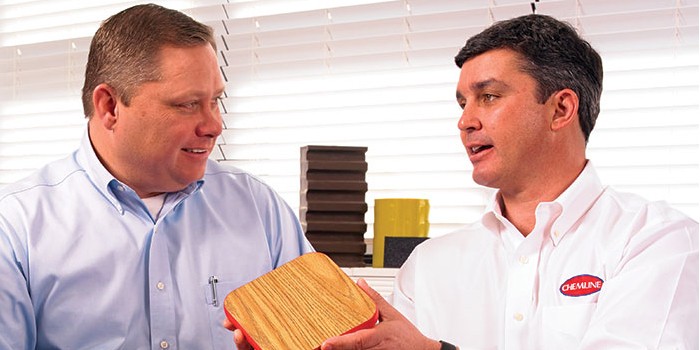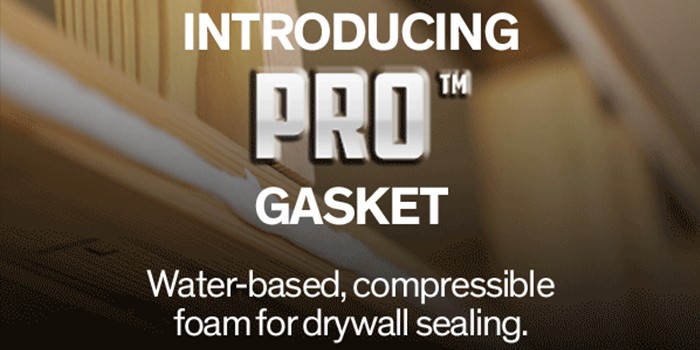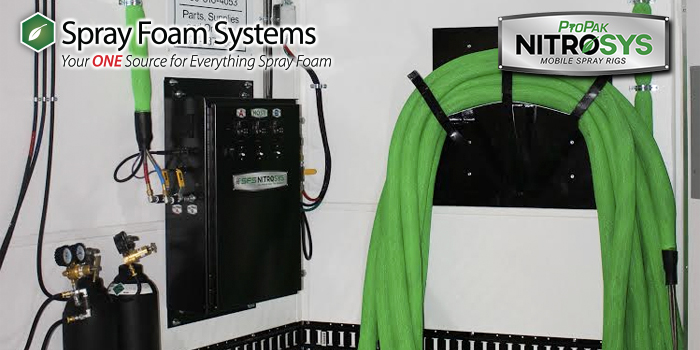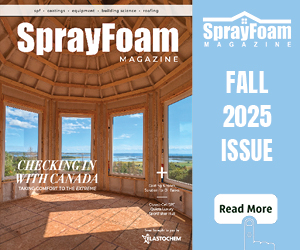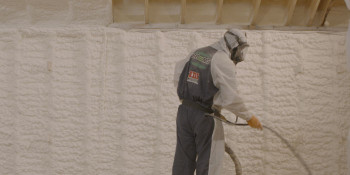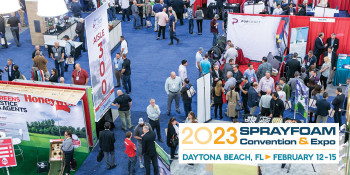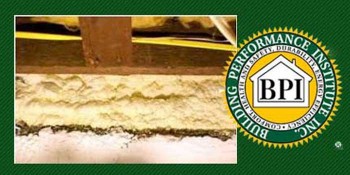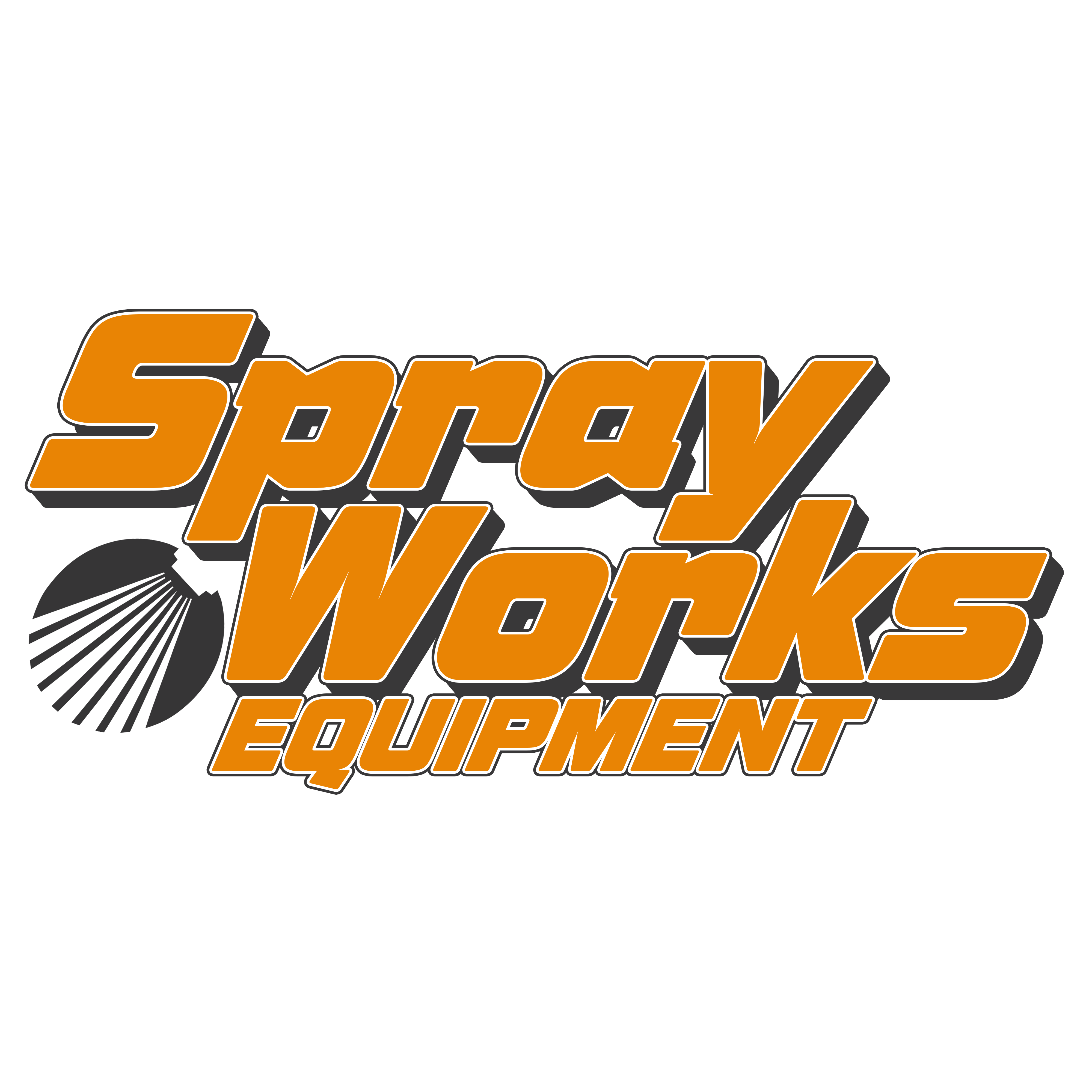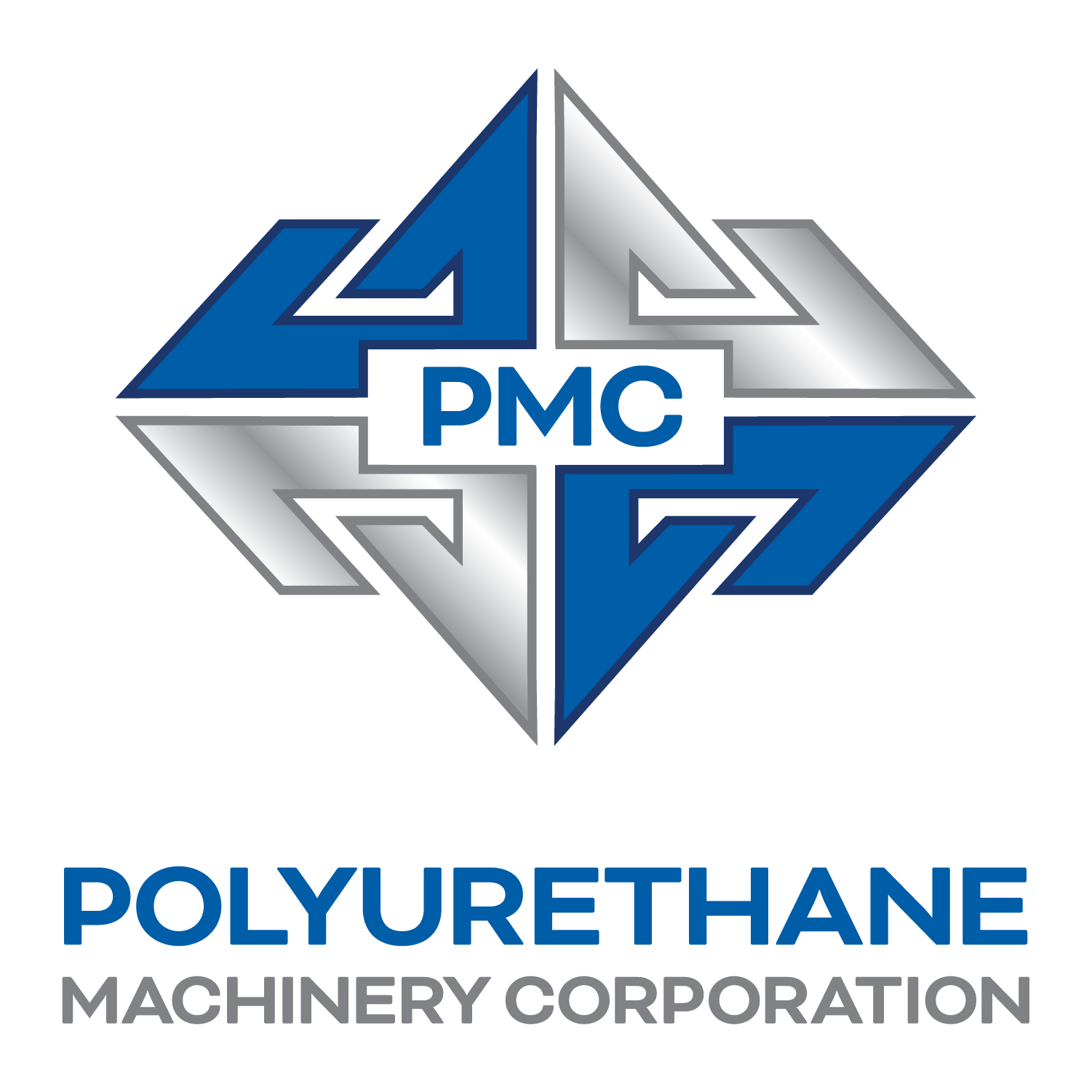An Extreme Seal on PEI
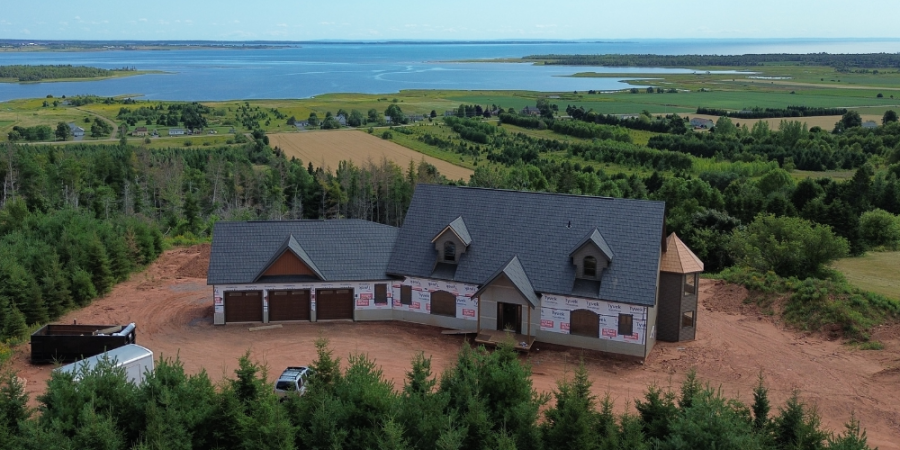

Spray Foam Magazine – Fall 2025 – Pownal, situated on the picturesque Prince Edward Island, Canada, conjures images of stunning red sandy beaches and lush farmland. For fans of classic literature, this enchanting locale also serves as the backdrop for the beloved “Anne of Green Gables” series, penned by L.M. Montgomery. Recently, one dedicated SPF contractor took his craftsmanship to new heights on PEI by successfully completing an impressive 6,500 sq. ft., two-story single-family home project that exemplifies quality and innovation. Spray Foam Magazine reached out to A&J Insulating to delve deeper into the intricacies and achievements surrounding this inspiring endeavor.
A&J Insulating Inc. was established in 1998 by brothers Jamie and Allan Pound, who embarked on this journey with a bold vision. Initially, they started the company as a side venture while balancing full-time jobs, embodying the spirit of entrepreneurship and resilience. As the demand for their exceptional services grew, Allan committed to work full-time, leading a small, talented crew dedicated to quality workmanship. Over the years, the company flourished, expanding its team and capabilities.
In 2005, Brian Cochrane joined the ranks and quickly became Allan’s trusted right-hand man. With a shared vision of growth and success, Brian took on the challenge of expanding the company’s reach, including projects in Les Îles-de-la-Madeleine and throughout the maritime region. In 2017, A&J Insulating ventured into the world of spray foam insulation, marking a significant turning point for the company.
Trevor Cochrane—Brian’s brother—has been working in insulation for nearly 20 years. He first began learning the trade during evenings and weekends while still in school, and after graduating high school in 2011, he joined Brian full time. His meticulous attention to detail and relentless pursuit of excellence allowed him to excel in spray foam application, bringing innovative solutions to the industry. Today, A&J Insulating offers a comprehensive range of insulation options, including fiberglass batts, blown fiberglass, cellulose, and high-performance spray foam insulation, all under the strategic leadership of Brian and his wife, Melanie who keeps everything in the office running smoothly.
For the ambitious new build in Pownal, A&J Insulating was subcontracted to provide a full insulation package designed to maximize energy efficiency and comfort. The owner of the home was the one who called A&J Insulating about the project as she had heard about their great work through word of mouth. The project included the application of SPF in the walls, turrets, rim joists, and undersides of the decks. In addition, they were to install fiberglass batts and vapor barriers for the separation between the house and garage, as well as blown insulation in the attic spaces.
Brian’s decision to use Elastochem closed-cell foam was guided by careful consideration of the home's unique location, exposure to weather elements, and the homeowner’s explicit goals for energy efficiency and durability. This remarkable two-story residence, nestled on a private road, boasts an impressive layout featuring four spacious bedrooms, three well-appointed bathrooms, and three expansive garages, along with a convenient walkout basement. The home’s standout feature, a stunning copper roof, imparts both elegance and functionality.
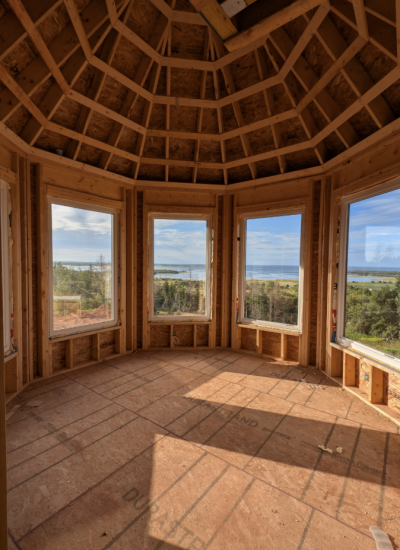
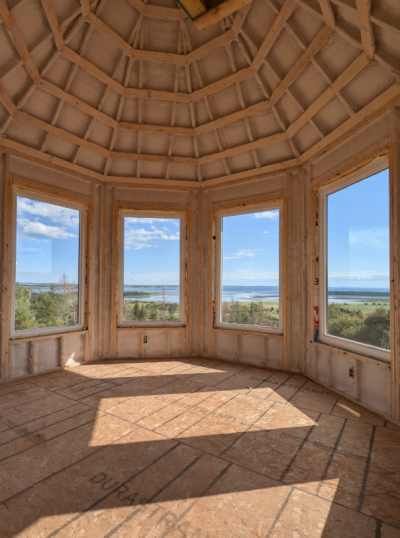
Before and after five inches of Insulthane Extreme was applied to the two torret.
Copper roofing is renowned for its durability and energy efficiency, resisting damage from freezing and thawing cycles. As years pass, the copper naturally develops a protective pale-green patina, increasing its resistance to corrosion and rust. Although the initial investment may be higher, the roof's ability to withstand high winds and harsh conditions is a testament to its strength and timeless appeal.
The skilled crew from A&J Insulating, led by Trevor Cochrane and supported by Matthew Perry, prioritized safety, and professionalism from the outset of the project. Upon arrival, they promptly established a secure work area, erecting ‘Do Not Enter’ signs and securing entry points with danger tape. The crew took meticulous care in preparing the site, masking windows, and safeguarding electrical boxes to ensure a controlled environment. Due to the time of year, the weather was good to them with cool mornings and sunny afternoons with an average temperature of 20 °C.
They employed clear poly on the floors to minimize overspray, effectively making the cleanup process smoother and ensuring that the site remained in pristine condition. With every detail attended to, the crew put on their personal protective equipment (PPE), exemplifying their commitment to safety and quality. Their gear included full-face supplied air masks, disposable hooded coveralls, nitrile gloves, and headlamps to enhance visibility during the spraying process. They diligently double-checked their equipment, making sure everything was in optimal working order. This included a PMC PH-2, Fusion PC gun, 210 ft of hose, a Piranha 3-in-1 tool, scraper and scarfer, knife, and a sharpened ice scraper for cleanup. The crew also used ladders and step benches to reach the higher areas.
The crew utilized Elastochem Insulthane Extreme closed-cell foam insulation for this project. They began spraying the exterior walls and rim joists with precise two-inch passes until they achieved the desired thickness of four inches. Throughout this process, they adhered strictly to Canadian regulations, ensuring cooling times were respected to guarantee optimal performance.
Once the walls and rim joists were completed, the team shifted their focus to the elegant turret rooflines where they skillfully applied five inches of foam, ensuring maximum energy efficiency. Applying the foam to the two turrets, Trevor used a trigger technique. It took him a little more time to spray by triggering, but it allowed for less overspray and a quicker clean-up. Turrets were originally invented as defensive structures on medieval castles. However, today’s modern turrets are built for style, functionality and the shape can let the light shine into the space in a unique and captivating way.
After the turrets were completed, the crew proceeded to spray the undersides of the second-story decking, maintaining their commitment to quality every step of the way. The decks they sprayed were cut in on the top floor, so the foam was inside, on the main floor ceiling. Throughout the project, the crew conducted multiple density, adhesion, and cohesion tests to uphold their high standards of workmanship.
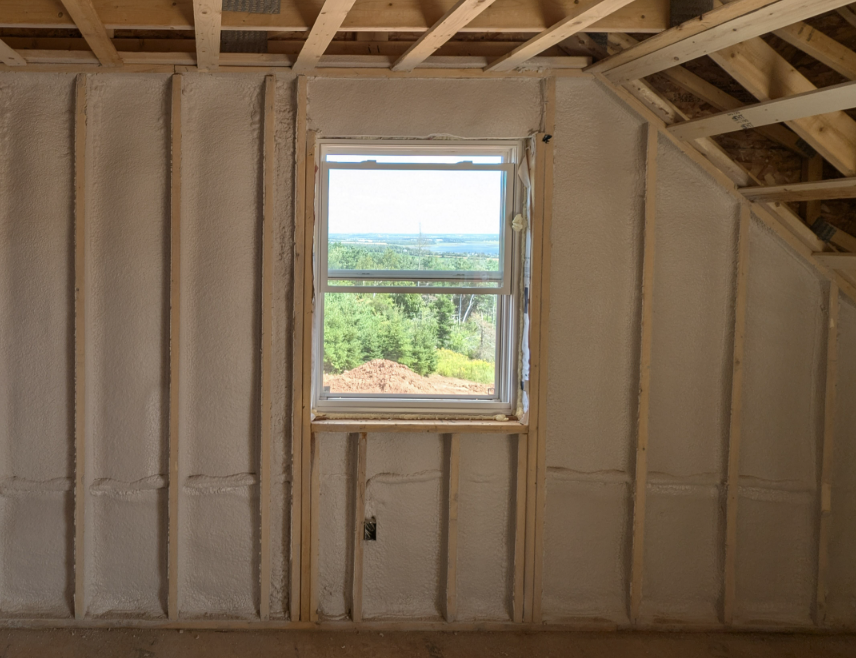
The exterior walls were sprayed to the desired thickness of four inches.
The entire undertaking spanned six days, an impressive feat that included not only the spray application but also diligent preparation and cleanup. “We would spray one pass, move to the next room and spray the first pass there, then go back and finish the first room—sort of leapfrog style. We took a bit of extra time to spray and prep to ensure a clean finished product. Overall, the job went very smooth. Aside from temperature fluctuations during the early part of the days, we had no issues. We took our time with prep, spraying, and cleaning up to ensure a perfect seal, a beautiful, finished product, and a happy customer. I take a lot of pride in my work and this job was my canvas of the week. I also made sure to go over things meticulously to ensure this customer got the best performing foam for her money,” reflects Trevor.
Ultimately, the project required five sets of Elastochem Insulthane Extreme closed-cell foam to complete, showcasing the crew’s expertise and dedication to delivering an outstanding final product that will enhance the comfort and efficiency of the home for years to come.
Disqus website name not provided.





